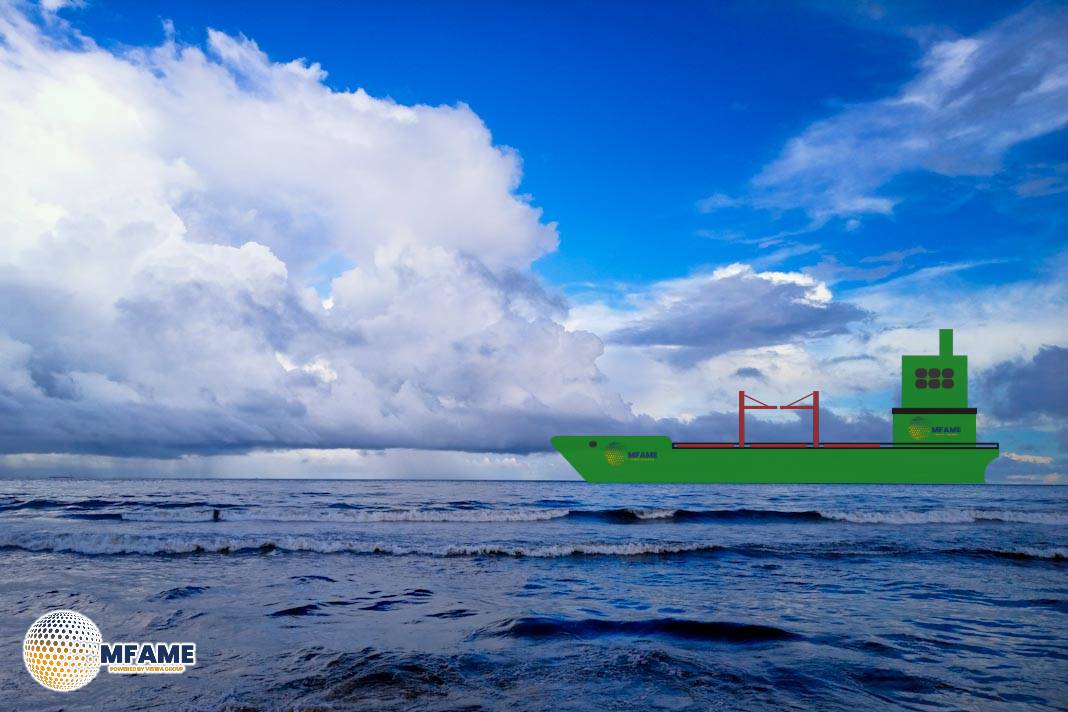- Reducing Personal Injuries at Sea Through Risk Awareness.
- Preventing Accidents in Enclosed Spaces, at Heights, and More.
- Capt. Asai Highlights Major Risks in Shipboard Work.
Occupational health and safety risks onboard ships can lead to serious injuries or fatalities. Seafarers must identify and evaluate these risks proactively. This column introduces common onboard work activities that pose personal injury risks, emphasising the importance of implementing appropriate control measures, reports Japan P&I Club.
Enclosed Space Entry
Enclosed spaces are not meant for permanent occupancy, with restricted means of entry and exit and poor ventilation. Enclosed spaces can have hazardous or combustible gases or insufficient oxygen and can pose life-threatening conditions.
Safety Precautions:
- Perform risk assessments thoroughly before entry.
- Get a permit to work.
- Carry out regular atmospheric tests.
- Prepare and outfit a rescue scheme in case of emergency.
Hot Work
Hot work involves welding, flame cutting, and grinding, primarily outside of designated workshops. Such hot work can ignite flammable materials in the absence of proper control.
Safety Precautions:
- Clear combustible materials away from the area.
- Keep surfaces clean of grease and oil.
- Perform gas tests in and around work areas.
- Supervise hot work at all times.
- Have fire extinguishers easily accessible.
- Inspect the area for two hours after the operation for delayed fires.
Work at Height
Working at height involves work on ladders, scaffolding, or in the vicinity of openings where falling is possible.
Safety Precautions:
- Plan and supervise work with great care.
- Utilise safety harnesses with lifelines.
- Provide safety nets where required.
- Use personal flotation devices while working offshore.
- Make sure the equipment is in proper working condition and inspected before use.
Working Overside
Work involving lifting from the deck or overside, e.g., raising pilot ladders, needs to be handled cautiously to avoid musculoskeletal injuries.
Safety Precautions:
- Install a permit-to-work system.
- Employ safety lines, fall prevention equipment, and harnesses.
- Port lifejackets and lifebuoys with ropes in immediate readiness.
Electrical Work
Electrical work on board has greater risks due to humidity and temperature, which lower the body’s resistance to electric shock.
Safety Measures:
- Implement Lock Out, Tag Out (LOTO) procedures.
- Do not work on live equipment; if unavoidable, take additional precautions.
- Employ insulated gloves and mats.
- Remove metal accessories such as watches and rings.
- Ensure a second person is available, trained in first aid.
High-Pressure Systems
Hydraulic or pneumatic system maintenance has to be done with caution because there is a likelihood of pressure release and flammable vapours.
Safety Measures:
- Vent system pressure before maintenance.
- Isolate the work component and post warning notices.
- Avoid naked lights near hydraulic systems.
Working on Deck During Bad Weather
Bad weather raises the probability of accidents on the deck.
Safety Measures:
- Take permission from the master.
- Perform a risk assessment and obtain a permit to work.
- Use rig lifelines and don correct PPE, such as lifejackets and safety harnesses.
- Operate in pairs or teams under skilled supervision.
- Ensure continuous communication with the bridge.
Lifting Operations
Lifting operations should be managed properly to avoid accidents.
Safety Measures:
- Carry out risk assessments and properly plan operations.
- Properly supervise lifting tasks.
- Avoid personnel lifting unless the equipment is suited for the task.
- Ensure personnel stay away from suspended loads.
- Regularly inspect and maintain lifting gear.
Mooring Operations
Mooring is risky, particularly from areas of snap-back where tension lines can snap.
Safety Measures:
- Brief all seafarers in terms of mooring arrangements and the limitations of equipment.
- Allocate duty officers with a good line of sight.
- Develop effective communications between the mooring posts and the bridge.
- Mark snap-back areas and make the crew alert.
- Carry out toolbox talks before operations.
Conclusion
By recognising high-risk operations and adopting the right safety measures, seafarers can greatly minimise the chances of personal accidents aboard. Ongoing watchfulness and strict compliance with safety procedures are vital to safeguarding lives at sea.
Did you subscribe to our daily Newsletter?
It’s Free Click here to Subscribe!
Source: Japan P&I Club

















